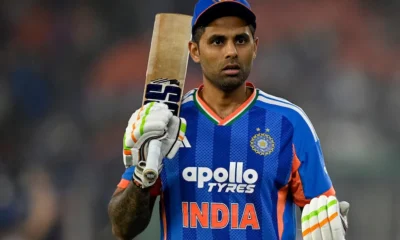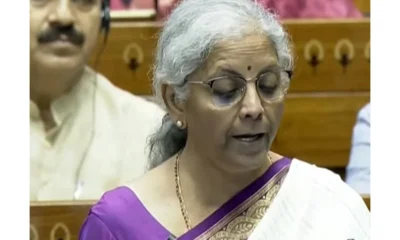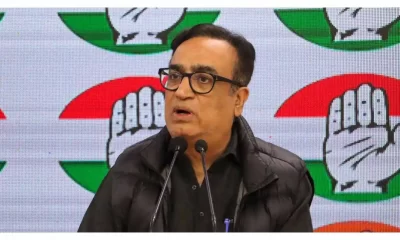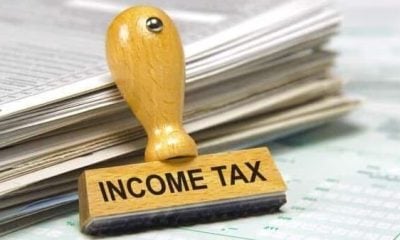National
Budget Facts Beyond Declarations of Intent

National
Electoral rolls: Jammu and Kashmir government denies any change in special provisions for Kashmiri migrants
The administration said that no change was made in the special provisions for Kashmiri migrants for their enrollment in the electoral rolls of their original constituencies.
Latest News
Rajasthan man arrested for raising Pakistan flag
Police said that Sanju Khan was arrested on the complaints of the villagers. An investigation was launched to find out the real intension of the accused.
Latest News
Delhi Police detains Rahul Gandhi
Rahul Gandhi raised concern about the Indian democracy and said that India was a police state and Prime Minister Narendra Modi was a king.
-

 Cricket news20 hours ago
Cricket news20 hours agoIndia vs South Africa 5th T20I: Samson shines with 37 as India push on after Gill injury
-

 Cricket news19 hours ago
Cricket news19 hours agoIndia vs South Africa 5th T20I: Tilak Varma, Hardik Pandya power India past 230 in Ahmedabad
-

 Latest world news21 hours ago
Latest world news21 hours agoHindu man lynched and set on fire in Bangladesh during anti-India protests
-

 Entertainment20 hours ago
Entertainment20 hours agoOTT and theatrical releases this week: new films and series to watch from December 19 to 26
-

 India News6 hours ago
India News6 hours agoThick smog engulfs Delhi, flights and trains delayed as air quality slips to very poor
-

 Cricket news5 hours ago
Cricket news5 hours agoT20 World Cup 2026: Selectors weigh Shubman Gill role as India squad announcement awaited
-

 Entertainment21 hours ago
Entertainment21 hours agoBharti Singh, Haarsh Limbachiyaa welcome second child after she’s rushed to hospital mid-shoot
-

 India News6 hours ago
India News6 hours agoAssam train accident: Eight elephants killed after Rajdhani Express derailment in Hojai





















